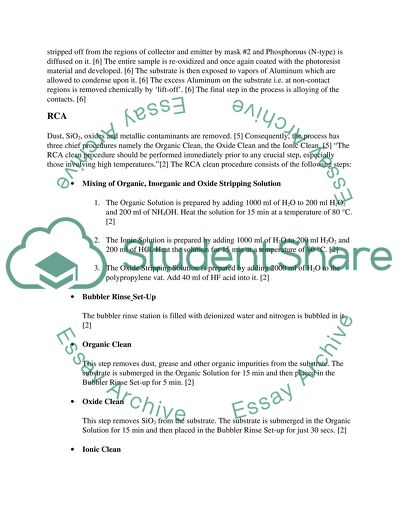Cite this document
(“The Fabrication Of Bipolar Junction Transistors By Diffusion Planar Lab Report”, n.d.)
Retrieved from https://studentshare.org/design-technology/1435956-the-fabrication-of-bipolar-junction-transistors-by-diffusion-planar-process
Retrieved from https://studentshare.org/design-technology/1435956-the-fabrication-of-bipolar-junction-transistors-by-diffusion-planar-process
(The Fabrication Of Bipolar Junction Transistors By Diffusion Planar Lab Report)
https://studentshare.org/design-technology/1435956-the-fabrication-of-bipolar-junction-transistors-by-diffusion-planar-process.
https://studentshare.org/design-technology/1435956-the-fabrication-of-bipolar-junction-transistors-by-diffusion-planar-process.
“The Fabrication Of Bipolar Junction Transistors By Diffusion Planar Lab Report”, n.d. https://studentshare.org/design-technology/1435956-the-fabrication-of-bipolar-junction-transistors-by-diffusion-planar-process.


